Visit the real Disneylands

Roula Khalaf, Editor of the FT, selects her favourite stories in this weekly newsletter.
Snow White’s Segovian inspiration

The fortified Alcázar de Segovia, overlooking the Unesco-protected Castilian city, has long been colloquially associated with Cinderella, but Disney – which marked 100 years of existence on 26 October – recently confirmed that artists used it as a model for the castle in Snow White and the Seven Dwarfs, released in 1937. The Alcazar packs in fascinating history, from its Roman foundations to the bursary, in a tower, of the 15th-century House of Castile; it was from here that the gold for Columbus’s first foray into the New World came. Inside, all is very much aesthetic shock and awe. Corridors are lined with gleaming suits of armour; halls are crowned with spectacular carved- and gilded-wood ceilings, the wall bases lined in Moorish tiles; bedrooms are upholstered in tapestries, and the beds bowered in scarlet silk. It’s enough to set imaginations of all ages alight.


Stay: The Spanish Parador network of heritage hotels is a national treasure; the Parador de Segovia (paradores.es, from €92) is an extraordinary example, in that – unlike most of the others – it’s modern, and really good-looking, designed by Joaquín Pallás in 1973. On a low hill outside the old city, it enjoys views, a full-service gym, pool, sauna and rooftop restaurant.
To the (Sleeping Beauty) castle
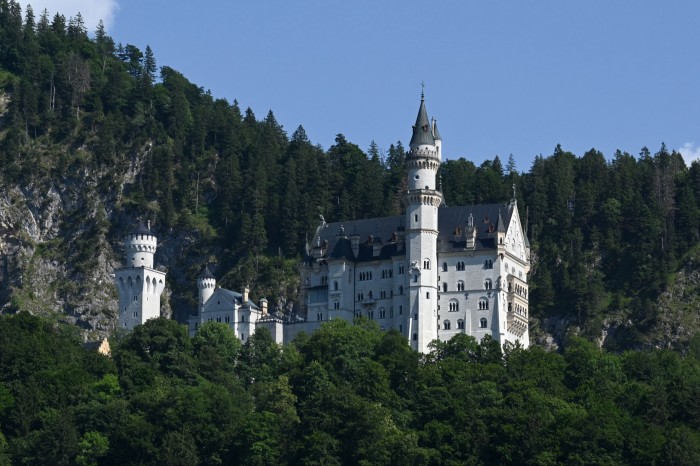
Nothing says “Disney” like a towering, many-storeyed, multi-turreted pile with drawbridges, embrasures and vertiginously pitched gables. That was the logic in 1953, when Disney artist Herb Ryman sketched a master plan for an amusement park that would appeal to grown-ups and kids alike. Walt Disney was adamant: there had to be a castle that would act as a focal and orientation point. The result, in Anaheim, California, is most familiar to Disney-philes from its adaptation for Sleeping Beauty (1959) – and as part of the company’s logo for decades afterward. Ryman based his designs on Schloss Neuschwanstein, built by Ludwig II of Bavaria in the mid-19th century – “in the style of the old German knights’ castles,” the “mad” king enthused to Richard Wagner, with “cosy guest rooms and a splendid view of the mountains of Tyrol”. The interiors are bonkers, one long folly testifying to Ludwig’s penchant for middle-age pomp and Wagnerian bombast. The views of Austria are a spectacle, and you can walk the grounds freely.
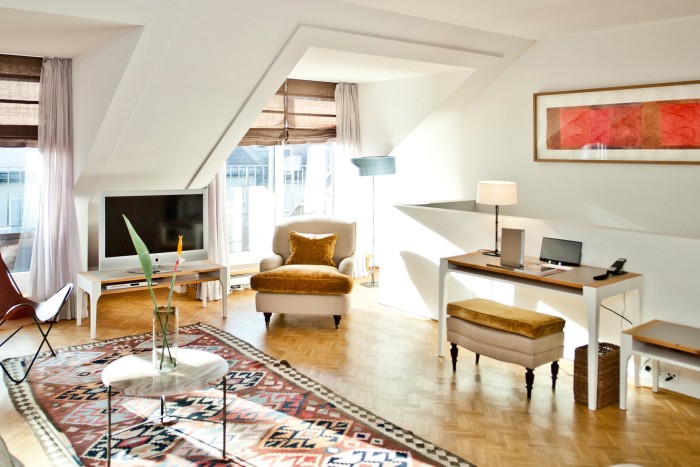
Stay: In Munich. The city has great museums and Bavarian Gemütlichkeit, and Neuschwanstein is an easy day trip. The Cortiina (cortiina.com, from €269) is a modern (and much-loved) Munich institution, delivering boutique charm.
Frozen digs in Oslo
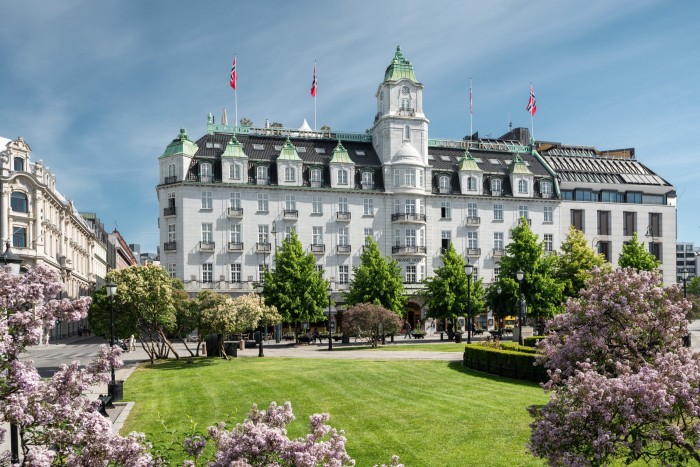
Legion are the young women who’ve probably added Norway to their bucket list thanks to Frozen, the CGI blockbuster that riffs on Hans Christian Anderson’s The Snow Queen (and has to date netted Disney almost $1.3bn). The design and feel of Arendelle castle, in which sisters Anna and Elsa live, is based on Akershus Fortress in Oslo, whose history dates back to the late 13th century. It was besieged multiple times (but never breached) by various Swedish kings and marauders, and evolved eventually into a royal residence. It’s also been used as a prison, and was occupied by the Nazis during the second world war. Today it’s home to the country’s Armed Forces and Resistance Museums. Inside are halls furnished with brass chandeliers, unwaxed timber floors and beautiful tiled stoves, with Gustavian sideboards and royal portraits against rough stone and whitewashed brick walls. All very accidental 21st-century chic.

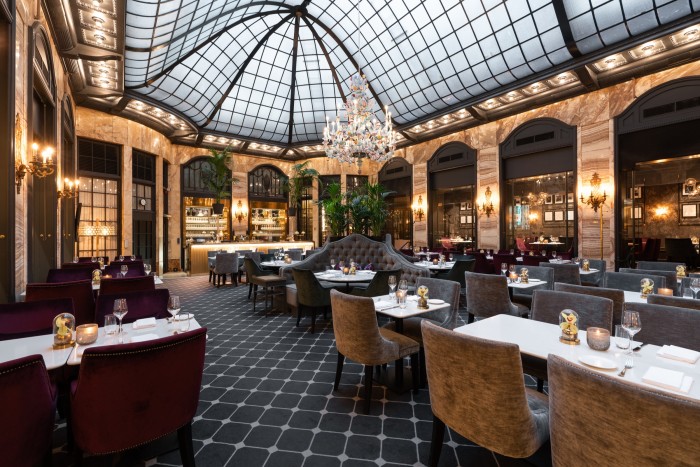
Stay: For tradition’s sake book at The Grand Hotel in Oslo (grand.no, from about €295) where the suites bear names like Ibsen and Nobel, but inside it’s a contemporary showcase. Or opt for Sommerro, the historic bathing house-turned-design hotel (sommerrohouse.com, from £225).
The Lion King roars to life in Kenya
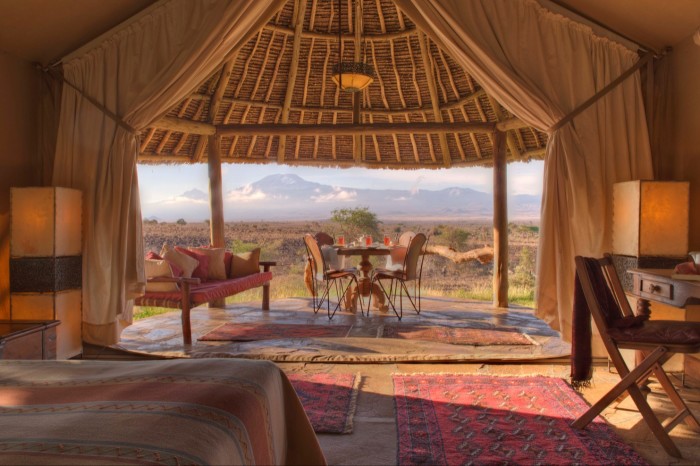
“The Pride Lands” are what screenwriters called the landscapes in the 1994 The Lion King (much as we love Jon Favreau, who directed the 2019 remake, we still favour the former’s look and spirit). The inspiration – instantly recognisable to any adult from many films besides this one (cue Meryl Streep’s “I had a farm in Africaaaa…”) – came from across east Africa. But the feels can all be recreated – megafauna, sprawling savannah, hakuna matata and all – in Kenya. Pride Rock, where the ensemble do their “Circle of Life” thing in the film, looks like the sere escarpments in Borana and Lewa Conservancies (Favreau’s team apparently looked to the Chyulu Hills, some 40 miles to the south). The vast grasslands, shaded by majestic acacias, mirror the beauty of the Mara Reserves and Amboseli National Park. And the cool verdancy of Simba’s Cloud Forest exists along the protected slopes of Mount Kenya – easily accessed from the National Park of the same name, on walking safaris.


Stay: Cheli & Peacock Safaris (chelipeacock.com) has been crafting east African safaris with a pronounced conservation bent for 38 years. The eight- or 10-day Kenya Skysafari variously takes in Loisaba, the Mara and Amboseli, staying at (excellent) Elewana camps and lodges, from $9,144.
Comments